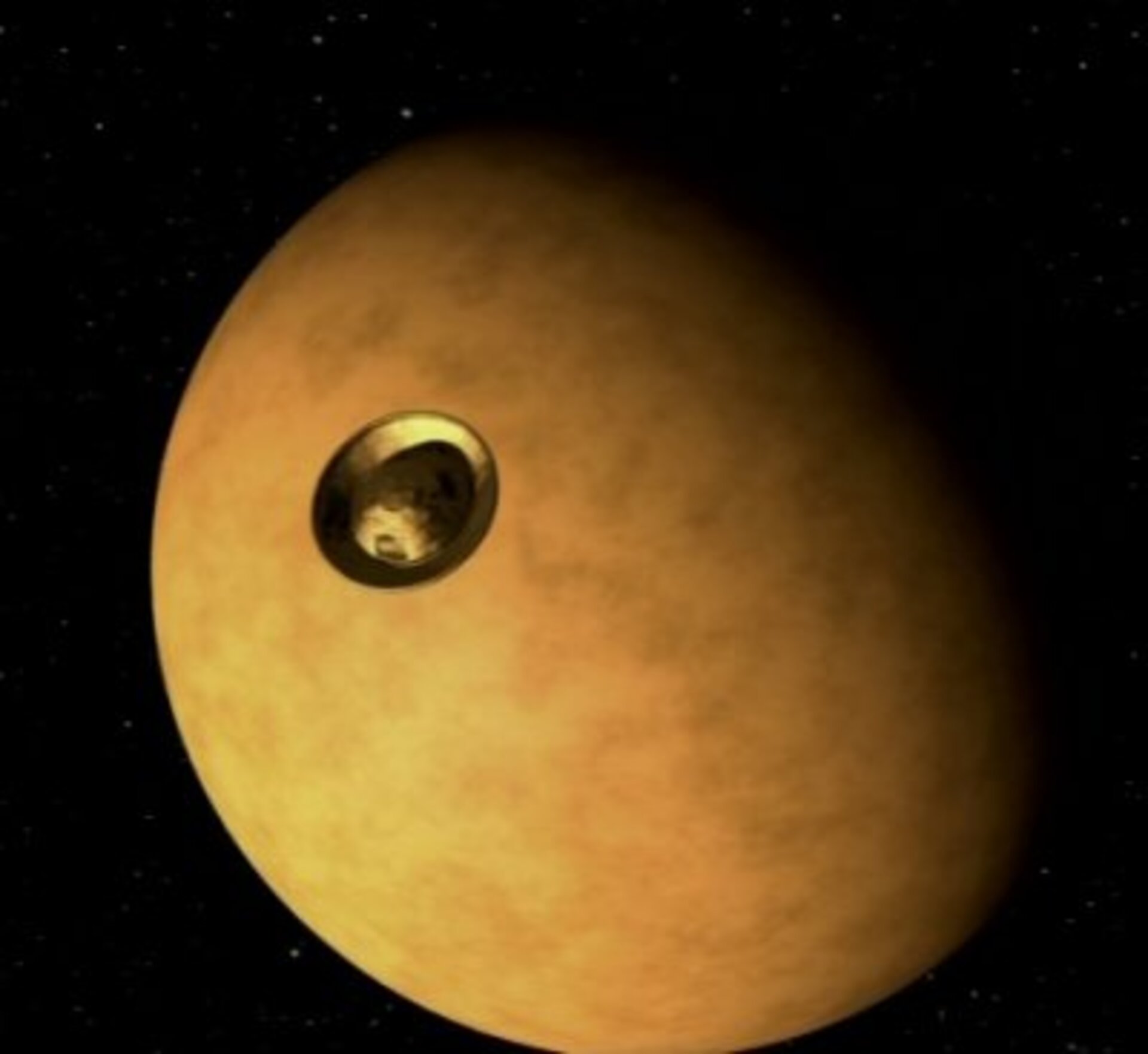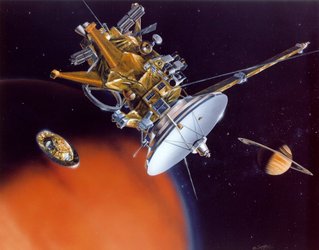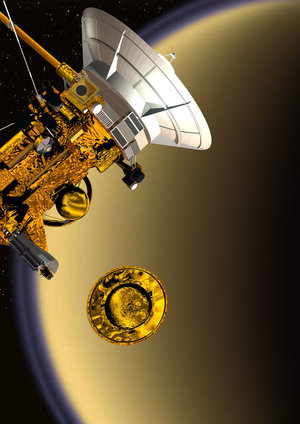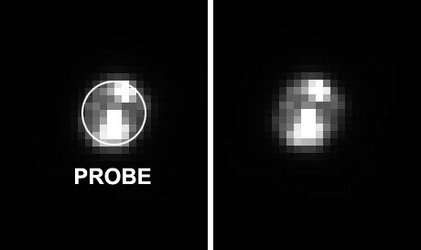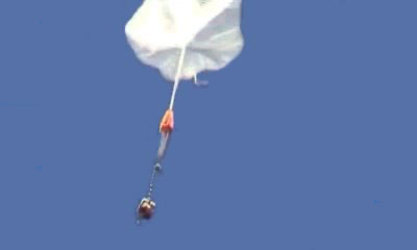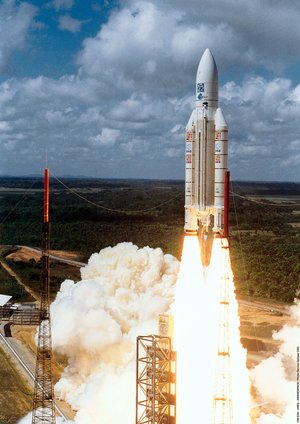Huygens trajectory spot on
Early on Christmas Day 2004, the Cassini mothership flawlessly released ESA’s Huygens probe. But how do we know that it is on the right course and how accurately can we tell?
Since Huygens has no propulsion system of its own, it had to be put on course for its descent before it was released.
As planned, a fine tuning of the Cassini trajectory took place on 22 December to place Huygens on its nominal entry trajectory.
While Huygens will remain on this trajectory until it plunges into Titan’s atmosphere on 14 January, the Cassini orbiter performed a deflection manoeuvre on 28 December to avoid crashing onto the moon.
Huygens is scheduled to reach Titan’s upper atmosphere at about 10:06 CET on 14 January, entering the atmosphere at a relatively steep angle of 65° and a velocity of about six kilometres per second.
The fine-tuning manoeuvre, called 'Targeting Clean-up', was critical: if the entry angle is too steep, the probe could overheat and burn up in the atmosphere; if the angle is too shallow, the probe might skim like a pebble on the surface of a lake and miss its target.
After the probe’s separation from Cassini, telemetry data were collected by NASA’s Deep Space Network stations in Madrid, Spain, and Goldstone, California. From these data confirming the release, we know the speed after release, and that the probe is spinning as planned to keep stable. Images from Cassini’s cameras showing the probe drifting away were taken on 25-27 December.
Although only a few pixels across, these images taken at different distances between the probe and the orbiter helped navigators to reconstruct the probe's trajectory. Using the backdrop of known stars, and pinpointing Huygens’s position relative to Cassini, the probe’s trajectory was reconstructed using radio and optical navigation techniques.
This information is important to help establish the required geometry between the probe and the orbiter for radio communications during the probe descent on 14 January. It also shows that the probe and Cassini are well within the predicted trajectory accuracy.
In fact, the accuracy of the probe trajectory is better than expected. The angle of entry was allowed to be within 3° either side of 65°. The image showed that the accuracy is now between +/- 0.8°, due to Huygens having exactly the right spin at separation.
Jean-Pierre Lebreton, ESA’s Huygens Mission Manager said: “We know now that Huygens is going to hit Titan’s upper atmosphere with a high precision. We are using this latest information to update our Huygens trajectory prediction. However, we still can’t say precisely where Huygens is going to impact on the surface as the touchdown longitude will be most influenced by the drift of the parachute caused by the wind. This may be as large as 300-400 kilometres eastwards.”


